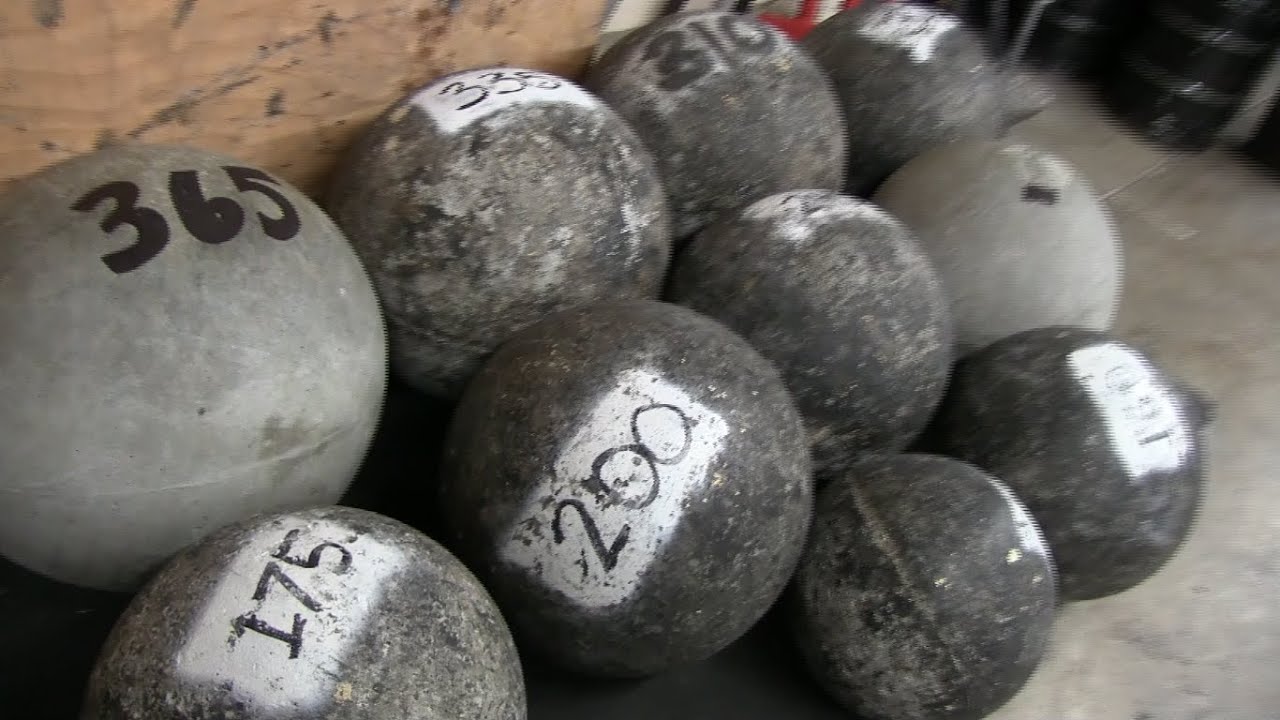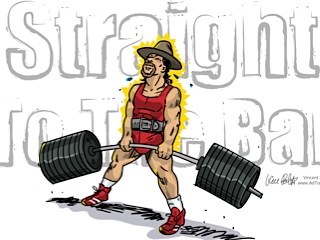I started training for full contact sports when I was in Jr. High School, and Wrestling was the first sport I trained for. The exercises I did specifically worked the muscles I would be using in wrestling matches. I would train the back/neck by performing rolling neck bridges. I would roll to my nose in a back bridge for 15-20 reps and hold it in a static hold for 30-60 seconds. When rolling to the nose you elevate compression stress on the cervical region of the neck.
This exercise strengthens the neck and back muscles. It helps you to escape precarious positions such as the pin or possible submission holds. I also worked on the forward rolling Neck Bridge. I would flip the bridge doing a head summersault transitioning from forward to backward bridging; I would also work my neck from side to side while in the forward neck bridge position.
Rope climbing was what strengthened my grip and upper body. When it comes to wrestling, being able to pull your body weight up a rope is imperative for upper body and grip strength. 500 Hindu Squats and 250 Hindu Push Ups were also a wrestling staple. Low squats build the posterior chain muscles (hamstrings and lower back) which is needed when lifting an opponent off the ground. The squats also build great muscular endurance and lung stamina. I learned the squats from the English Shooter, “The Man Of A 1000 Holds” – Billy Robinson.
In order to be conditioned for wrestling I recommend 250 Hindu Push Ups, 5 sets of 50 reps and 500 Hindu Squats, 10 sets of 50 reps. I also recommend rolling neck bridging, 15-20 reps with a 30-60 second hold at the end, and rope climbing several times up the rope. All exercises are done 3-5 times a week.
Boxing requires the ability to withstand body punishment. Take a 12-15 pound medicine ball and have someone deliver a body blow with the same form the individual would deliver a shovel hook but with the medicine ball delivered full force to your abdominal region. Do not hit the individual in the Liver, Heart or Kidneys when doing this exercise. Make sure to tighten your abdominal muscles and blow out air from your lungs when the ball makes contact with your abs.
Skipping rope for 3-5, 3 min. rounds conditions the legs, along with 3-5 miles of road work done 3x a week. Punching power can be developed on a 150-200 pound Heavy Bag. Double End Bag develops punching accuracy. Sparring is important for learning how to gage distance and timing. I recommend 3-5, 3 min rounds of shadow boxing, Sparring and bag work following that order 3 times a week. Boxing requires Quad strength, and sand bag quarter squats and half squats give the legs a good workout. I recommend 3 sets of 50-100 sand bag squats performed 3 x a week, for boxes. Boxers can also benefit from wrist strength which improves punching power and neck strength which will strengthen the neck and allow the neck to act as a shook absorber when receiving blows.
MMA Training is a combination of doing both types of training. I used to work as a mason tender, ditch digger and general laborer for construction, and I felt as if I was being paid to train for my amateur fights. It’s tough to work hard all day then go to a fight gym and spar, but it really gave me an edge when it came to strength and conditioning over my opponents.
I train now for daily functional strength. I’ve had to use my knowledge to rehab my total right hip replacement. I did Kettle Bell Farmer Walks to improve my strength for everyday living. Bungee cords also provided safe and practical resistance for rehabbing my hip and back.
Under Ground training methods can be used for the athlete or person who is looking for everyday functional strength.












0 Comments